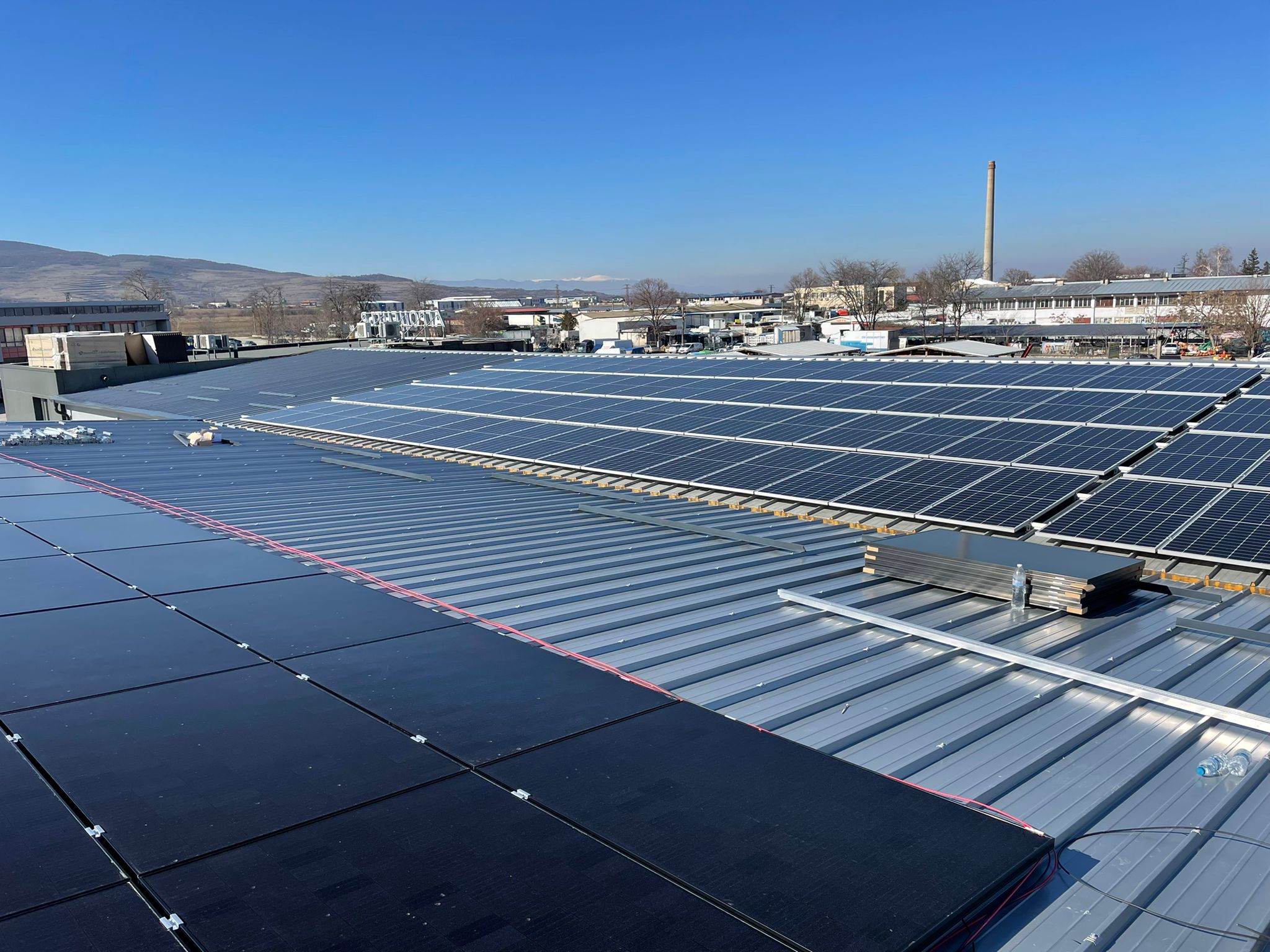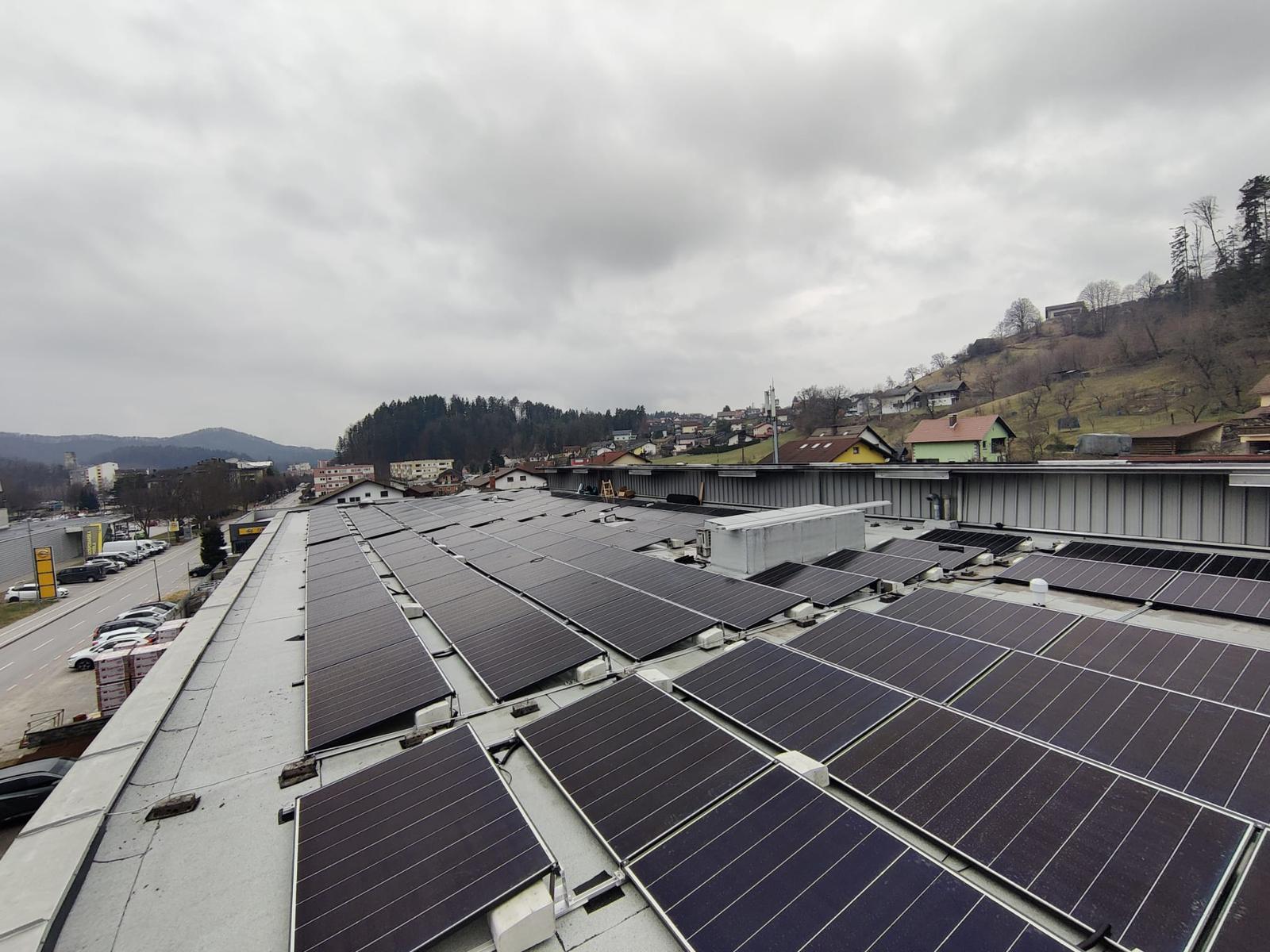What is Shingled Solar Panel?
When it comes to powering your house with solar energy, standard PV solar modules could be a good option. However, you might be interested in trying out the new cutting-edge technology of shingled solar PV panels.
Before diving into this technology, you should keep in mind we are not referring to solar shingles. Despite solar shingles being a similar technology, it differs from shingled solar panels in many aspects.
In this article, we will discuss several factors related to shingled solar panels, explaining the basic differences between them and solar shingles. We will also make a comprehensive comparison between shingled solar panels and conventional modules. Finally, we will list some of the main advantages of this technology and help you determine if they are a good option for you. Let's find out!
The main difference between solar shingles and shingled solar panels lies in their integration into the building. Solar shingles are essentially roof shingles or tiles made of solar cells, which serve the purpose of absorbing solar radiation to generate electricity but also perform as the structural support for your house roof. They are considered part of building-integrated photovoltaics.
On the other hand, shingled solar panels do not act as a structural component of your roof. The interconnection of this technology consists of cutting solar cells into a certain number of strips which are overlaid by connecting their edges using an electrically conductive adhesive (ECA). This creates strings that are arranged into a panel structure.
In other words, shingled solar panels are attached to the roof using the structural support from the existing roof to place the shingle solar cells (just like traditional modules) while the solar shingles replace your roof itself.
Shingled solar panels vs. conventional panels: A comprehensive comparison
In this section, we are going to explain the key differences between standard solar panels and shingled solar panels, considering their most important aspects and features.
Composition and Structure
Type of Cells
Both traditional and shingled solar cells are made of typical semiconducting and light-absorbing materials, for example, crystalline silicon, thin films, heterojunctions, or N-type IBC. However, the most relevant difference between conventional and shingled solar cells in terms of their composition and structure—is the interconnection or layout of them.
Interconnection of Cells
Every solar panel contains different amounts of cells interconnected or arranged in different ways depending on the desired output.
In general, conventional modules can contain 32, 36, 48, 60, 72, and 96 cells. The cells are placed in a rectangular or square shape with spaces between them. Then, by means of high soldering processes, these spaces are filled by copper busbars or ribbons which provide interconnection between the solar cells. Moreover, traditional cells are commonly connected in series.
On the other side, shingled modules avoid the use of ribbons, busbars, and soldering processes.
Instead, they achieve the interconnection of their cells by cutting them (using laser technologies) into 3 to 6 strips that are subsequently assembled in strings by connecting the front edge of each strip to the rear edge of the adjacent one. In that connection, a suitable electrically conductive adhesive is placed, resulting in no gaps between the strips.
Therefore, this process creates a continuous string of strips, which can be combined with other ones by using ribbons and busbars to obtain shingled modules. Additionally, an important difference is that in this case cell strings are connected in parallel.

Power Performance
Panel Power Output: Nowadays, the standard solar panels typically have a power rating of 400-600W. However, there are many different models in the market, which can in some cases even achieve power ratings up to 700W. Particularly, shingled solar panels range from 400W to 600W.
Panel Efficiency: Depending on the cell type and interconnection, the quality of the energy conversion process will vary. Whether you are using mono PERC, half-cut MBB, or any other available solar technology, the percentages of panel efficiency range from 15% to 22.6%. Nevertheless, the shingled panels can achieve efficiencies from 18% to 20.5%.
Furthermore, like many other PV module advancements, shingling can be combined with glass-glass and bifacial techniques. Since more of the module can be covered by solar cells, shingling is a very suitable method for bifacial modules. More light can be absorbed, and "back-escape" losses can be reduced, which normally occur when light passes through the gaps in traditional bifacial modules.
Mechanical Performance
Module strength against external forces (such as wind and snow) is an important aspect when it comes to the reliability of any solar panel. Thus, PV module load testing is a must in the manufacturing process.
According to various static and dynamic tests of mechanical loading, the shingled solar cell approach is more resistant to failure caused by external forces being applied to the panel when compared to conventional solar cells.
For example, while a conventional half-cut cell module has some micro-cracks and a slight power attenuation of around 1% when it’s tested by the means of an IEC standard 5,400Pa positive load, shingled solar cells have no power attenuation and no micro-cracks after the same test.
Aesthetics
While standard panels might not be the most attractive as they have several circuitries visible across the modules' area, shingled solar cells improve the building design by getting rid of many of the ribbons and busbars used in conventional panels.
Installation
Both conventional and shingled panels are relatively simple to get installed on the top of your roof. There is not a big difference between installing these two technologies.
However, it is always important to do a more comprehensive analysis with specialized installers, to size, install and correctly operate your solar system, whether it is using shingled or conventional.
What are the advantages of shingled solar panels?
Higher Power Density
Shingled solar panels can produce higher power per square meter than conventional panels since they no longer require several meters of ribbon across the module, allowing a full effective area of utilization. This means there are more solar cells exposed to sunlight and producing more energy.
Consequently, as shingled panels are not spaced apart using multiple busbars (MBB) or soldered ribbons like in conventional ones, their modules can achieve a higher power density in less space.
Furthermore, it is expected that shingled solar cells would keep increasing their power performance in the next years.
Lower Energy Loss
Conventional solar panels commonly have their individual cells wired in series, so when a particular portion of the modules is shaded, a bypass diode will be activated turning off that side of production and leaving only the remaining cells of the module, resulting in power loss.
In contrast, since shingled solar cells are wired in parallel, a lower amount of cells will be affected by the shading effect in a section of the module. This translates into substantially reducing energy losses.
Moreover, using shingled panels greatly reduces the ohmic losses as the current is lower (which also improves temperature performance) than traditional ribbon-connected strings because of the smaller area of the “shingles”.
More Aesthetic
While generating efficient solar power, this innovative technology creates an elegant and futuristic design for your house.
Currently, manufacturers are designing better-looking shingled solar panels. As in the figure below, some companies have achieved a unique all-black look to their panels by hiding the visible circuitry under the overlapped cells, giving a sleeker line to your house.

More Reliable
As a fact of the matter, PV module reliability tests show that shingled solar panels offer a more robust technology in comparison with conventional modules in terms of shading, mechanical resistance, suitable connections, low currents, etc.
Therefore, this makes them a valuable product in the market to be considered which continues to increase its reliability even more as time passes.
Are shingled solar panels right for you?
As we have seen, shingled solar cells are currently innovating a wide range of advanced features in terms of solar energy optimization. Major developments of this technology have taken place in the residential sector so far, while it might take more time to achieve a relevant presence in the commercial and industrial market.
Nevertheless, solar shingled panels are a quite promising technology as more manufacturers and retailers are diving into them, which is resulting in a greater supply and decreasing prices. Therefore, they are progressively becoming more accessible for all types of consumers.
Additionally, if you are someone who likes to have the latest cutting-edge technology then you would need to compare solar shingles and shingled solar panels. In this aspect, shingled solar panels have a few significant pros that can make them considerably better to choose from.
Less Expensive
Since solar shingles are a structural part of your house roof, manufacturing and installing them is not a simple task that has to be thoroughly analyzed to match your energy requirements, thus, it's costly.
On the other hand, the simple manufacturing process of shingled solar panels makes them much less expensive than solar shingles. The smaller current in the cells also offers opportunities to reduce the cell manufacturing costs by a reduction in the usage of silver.
Easier Maintenance
Shingled panels require very little to no maintenance to function. The only thing they need is a periodic cleaning to make sure dirt, leaves, and other debris aren't obstructing the sunlight. The only time you may need more extensive maintenance is during periods of extreme weather conditions like heavy snowfall.
Solar shingles have more difficult maintenance. Since they are integrated into the building, if one shingle cell gets damaged, it will result in a much bigger issue to replace it.
Is it for you?🤔
Long story short, solar shingled panels are a great option to consider, mainly in the residential market, so it is applicable to any homeowner who wants to have solar on the roof just as with traditional modules.
Considering all the benefits of using them, such as enhanced power production, highly efficient energy conversion, great reliability, and improved aesthetics, this makes them valuable products that can improve your carbon footprint and lead to energy savings.
Finally, as the technology develops, prices in the market are expected to decrease thanks to the economics of scale as more and more brands start manufacturing this type of module, meaning we can expect to see this technology covering a bigger market share.
